DETAILED POST for Episode 5 of the New GD Show
As we say goodbye and good riddance to 2020 and face an unknown amount of isolation as the Covid numbers go up again, we are embracing this time for reflection and preparing for the future. Depending on your frame of mind and point of view, the future looks remarkably ok, thanks to energized youth activists and some environmental and tech innovators.
Let’s take a positive listen or look at the possibilities.
Listen to the show here…
or
GD reading list
In preparation for reimagining the future, we are hunkering down this winter of pandemic and political insanity with a few good books. Here are some that we think can help inspire and renew our resolve to become better stewards of the planet.
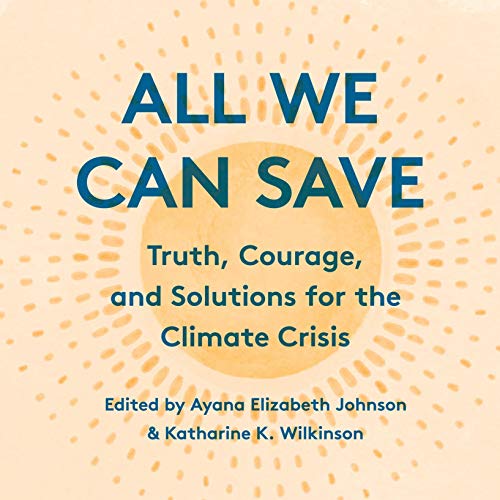
All We Can Save: GD Max suggested a group of us green divas read this book and get together on zoom (or something like zoom). It is a powerful medley of essays by “women at the forefront of the climate movement who are harnessing truth, courage, and solutions to lead humanity forward.”
Two of the contributors are friends of the GDs, Kathryn Hayhoe, Mary Anne Hitt.
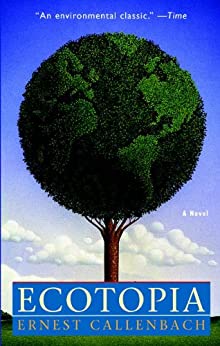
Ecotopia by Ernest Callenbach: The Notebooks and Reports of William Weston is a utopian novel published in 1975. The society described in the book is one of the first ecological utopias and was influential on the counterculture and the green movement in the 1970s and thereafter.
I read this when it came out in the 70s and recently re-read it to see if it still holds up, and it does. In fact, it was fascinating to see just how far we have come, but unfortunately how much farther we need to go to make those cultural changes in our daily lives.
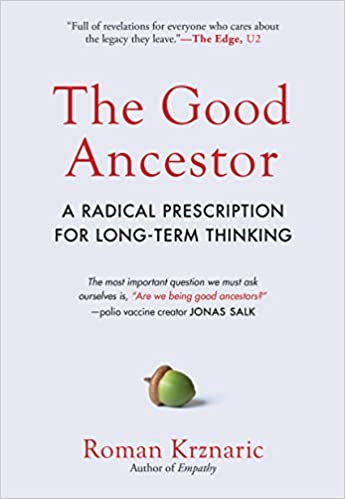
The Good Ancestor: A Radical Prescription for Long-Term Thinking by Roman Krznaric – This is the book I will be reading next about how we can move from our “pathological short-termism” to applying our empathy and imagining life for our future generations. We can all take a lesson from traditional Native cultures and perhaps leave a better planet and life for our children’s children. But we have to start now.
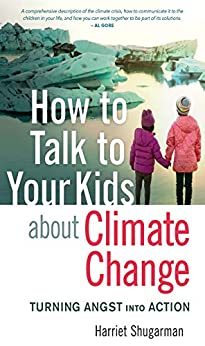
How to talk to your kids about climate change by Harriet Shugarman – Building grit and hope in the face of the climate emergency
With catastrophic global warming already baked into the climate system, today’s children face a future entirely unlike that of their parents. Yet how can we maintain hope and make a difference in the face of overwhelming evidence of the climate crisis?
Help is at hand. Harriet Shugarman – the Climate Mama and trusted advisor to parents provides tools and strategies for parents to explain the climate emergency to their children and galvanize positive action.
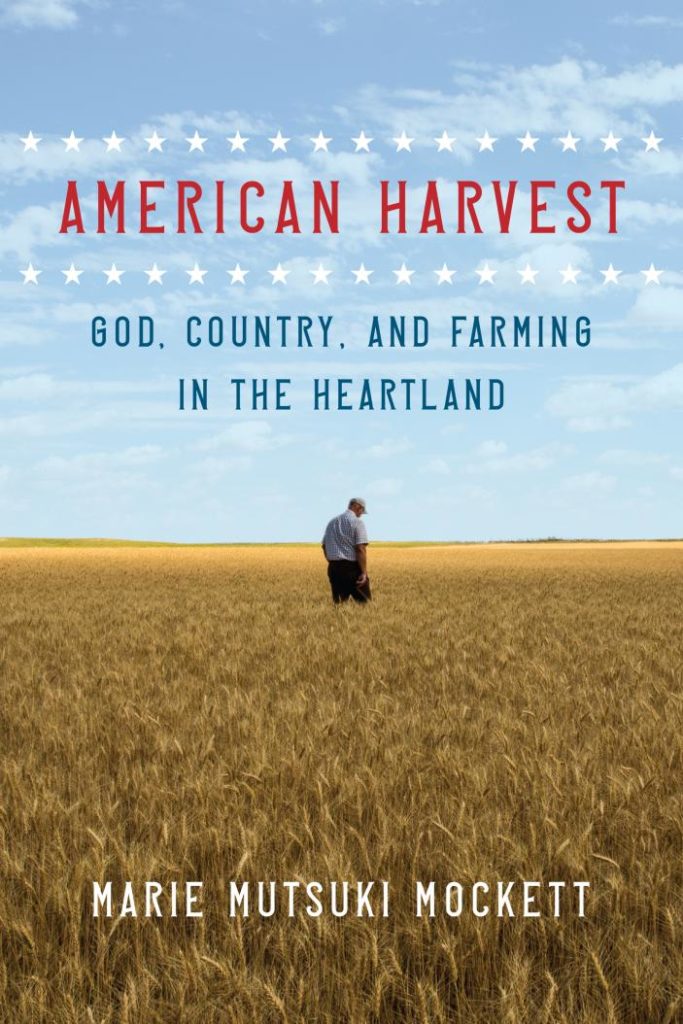
American Harvest: God, Country and Farming by Marie Mutuki Mockett – Marie who is Japanese/American, grew up in Carmel CA and now lives in NYC, inherits her father’s 7000 acre wheat farm in Nebraska that’s been in the family for over 100 years. She is invited to join the evangelical harvest crew that has cut the family’s wheat for years, as they work their way up from Texas to Idaho. She brings her urban assumptions of food and farming as she joins the crew in the fields and attends churches, while signaling “non-white,” people don’t know what she is. I appreciate her open hearted exploration of such different worlds as her own. A world which I have been driving through for over 30 years in wonderment. I identify with her naivete and hope I can be as honest in my exploration.
We’re thinking about starting a GD book club! So many inspiring and powerful books out there. Would you be interested in joining us for a zoom-style e-book club?
The kids are all right
Young people are getting fired up and active about the future (their future) like never before. We all know Greta Thunberg who challenged us to pay attention and take action. Here are a few more amazing young people …
Juliana v. US
meet Julianna and the 10 other kids as young as 11, who are suing the US Government for not taking actions to look after the planet, putting their lives and future generations lives in danger. Juliana v. US website.
Fridays For Future
inspired by the actions of Greta Thundberg on those Fridays when she went on strike (instead of school) in front of the Swedish Parliament until they took notice and actions. The goal of this international movement is to put moral pressure on the policymakers to pay attention to the science, and to take forceful action to limit accelerating and dangerous global climate change. Fridays for Future website
Autumn Peltier
is a Canadian water activist who advocates for clean drinking water in First Nations communities and across Mother Earth. She comes from Wikwemikong First Nation/Manitoulin Island and is from Ojibway/Odawa heritage. Now 15, has been honoured by the Assembly of First Nations as a water protector, travelled to Sweden, for World Water Week in August 2018, and invited by the United Nations as a Keynote speaker.
Mari Copeny
Mari tweets #WednesdaysForWater helping to highlight places in need of clean water every Wednesday. She is best known for raising awareness about Flint’s ongoing water crisis and fundraising to support underprivileged children in her community and across the country. Find Mari on Twitter @LittleMissFlint
Isra Hirsi
daughter of Rep. Ilhan Omar, is a social justice advocate and more recently got involved in climate activism. Hirsi says she was inspired to take on climate change after seeing pipelines built in Minnesota and hearing about the water crisis in Flint, Michigan in 2014. She joined an environmental group at her school and later co-founded the US Youth Climate Strike – an American branch of the international movement inspired by Thunberg. The high school student hasn’t slowed down. In her home state of Minnesota, Hirsi is focused on advocating for groups that are disproportionately affected by climate change. Most recently, she attended the United Nations Youth Climate Summit.
Young Innovators
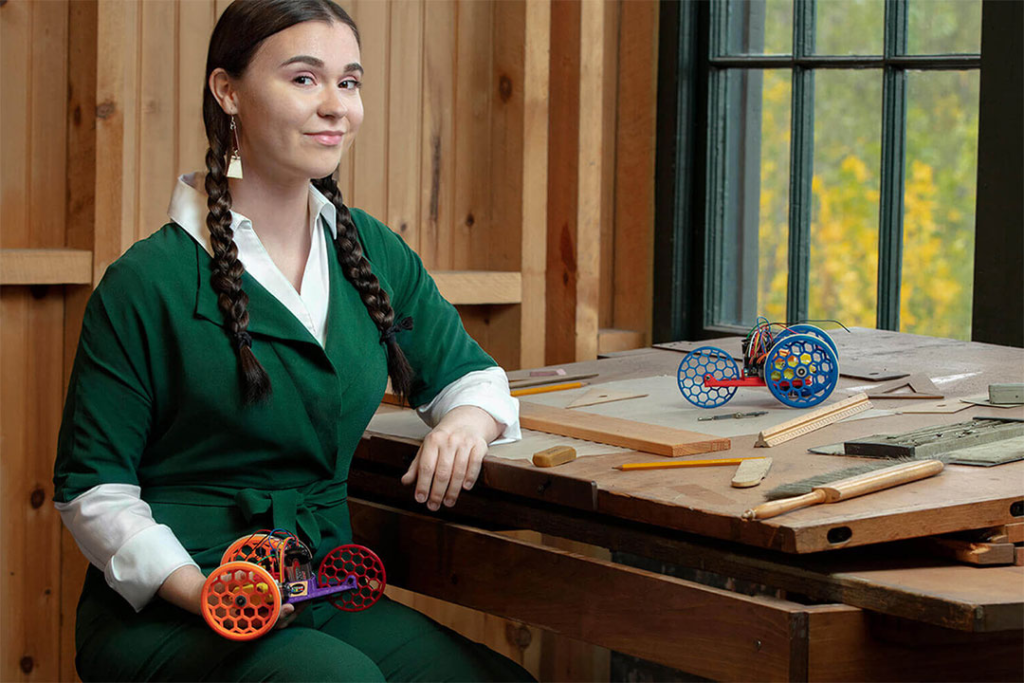
Danielle Boyer
is a 19 year old Ojibway youth from Michigan who is an educator, inventor, author and entrepreneur. She won a Brower Youth Award for a $19 gadget that teaches electronics and robotics to kids that might not have access to such learning. She is devoted to making STEAM accessible in places where it is not, through her new organization The STEAM Connection
David Cohen
While learning about earthworms in science class, he wondered if anyone had ever built a robotic earthworm. He thought there could be useful applications — like finding victims after a fire, earthquake or flood. He built and wrote the code behind a prototype robot that could be used to squeeze into small or dangerous locations where humans or search dogs would be unable to go. By loading the robot with heat-sensing technology, GPS, and other life-saving programs, Cohen’s robot could be used to find and rescue people safely and efficiently.
Sean Anayah
Has is own startup that aims to reduce both the energy use at the consumer-end and the energy storage at the production-end, saving both “ends” money and ultimately reducing CO2. “Creating more awareness on both our consumption and production of energy is a key to making the whole chain more sustainable.”
Climate innovations that could just save us
The following items were found in a great article by Global Citizen.org
Drones planting trees
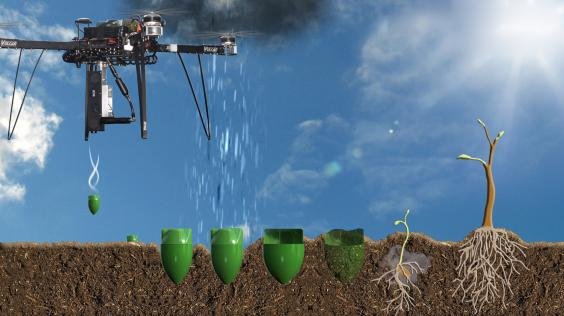
UK-based company BioCarbon is using drones to spray tree seeds throughout ravaged forests and claim they can plant 1 billion trees per year.
According to the World Wildlife Fund, the world loses 18.3 million acres of forest each year, or 27 soccer fields worth of trees every minute
Palm Tree Wind Farms
One group of engineers is trying to get there by building wind turbines that are more than twice as large as the biggest turbines in use today. The 650-foot blades would function like palm tree fronds by adapting to and bending with the speed and direction of wind, according to the New York Times.
Satellite that spots methane leaks
Methane traps up to 80 times as much heat as carbon
A team of scientists is trying to send a satellite into space that can pinpoint when and where methane leaks take place so they can be plugged sooner rather than later, according to the New York Times.
If successful, the satellite will be able to reduce methane emissions from the oil and gas industry by as much as 50%.
Plastic eating enzymes
12 billion metric tons of plastic waste will exist in the world by 2050. That’s 1.6 metric tons, or the size of midsize car, for every human on the planet.
wow
A team of researchers in Japan inadvertently developed an enzyme that can break down plastic in a matter of days — far faster than the hundreds of years that plastic usually takes to decompose.
Pumps to cool down coral reefs
One engineer named Mo Ehsani wants to provide relief to coral with an underwater pipe that can pump cold water onto reefs, cooling them down and preventing a process known as coral bleaching.
The following comes from a post from McKinsey.com
Public Transport EVs
There are 160 electric and hybrid vehicle models available today—but municipalities are taking notice as well. In China, 300,000 electric buses hum down city streets every day.
Electric Commercial Trucks
We predict that adoption of battery electric commercial vehicles (BECVs), especially in the light- and medium-duty segments, could surpass the car EV sales mix in some markets by 2030.
Plastic recycling
260 million tons of plastic waste is generated across the globe every year, but only 16 percent gets recycled.
One promising circular process is pyrolysis, which uses heat and the absence of oxygen to reconvert plastic waste back into liquid feedstock. The benefits are economic as much as environmental, with a recycling-based profit pool estimated at $55 billion by the next decade.
Carbon Capture & Storage
Carbon capture and storage (CCS) allows industry to capture carbon at its source, compress it, and move it to a suitable permanent storage site. The technology not only has the potential to significantly reduce greenhouse-gas emissions—it can also mean more money if the CO2 can be used profitably to make other products.
Companies We Dig
sponsored by Your Arbor – a browser extension that allows you to shopping according to your values.
Allbirds
Made From Nature, For Nature – We craft with planet-friendly natural materials, like merino wool and eucalyptus trees, because they’re our best chance for a sustainable future.
Merino wool shoes that are scrumptious on the feet, meant to be worn barefoot. They are warm, wicking and anti-bacterial.

Made from…
- RECYCLED BOTTLES – One recycled plastic bottle equals one pair of Allbirds laces. Reincarnation is a beautiful thing.
- CASTOR BEAN OIL- Castor bean oil helps us increase the natural content in our insoles. Lean, bean, comfort machines.
- RECYCLED CARDBOARD – Our packaging is made from 90% recycled cardboard. Because every box deserves a second chance.
As we venture into 2021, use this time to let go of and learn from the past as we look to the future. Let’s visualize and act with urgency for our future. A good time to practice self-care and remember those loved ones who are struggling with isolation. Give a call, write a letter, check in.